
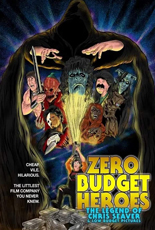 To enjoy the documentary about Rochester-based moviemaker Chris Seaver, you don’t have to be a fan, assuming you’ve even heard of the guy. You need not have seen Anal Paprika or Scrotal Vengeance or even Anal Paprika 2.
To enjoy the documentary about Rochester-based moviemaker Chris Seaver, you don’t have to be a fan, assuming you’ve even heard of the guy. You need not have seen Anal Paprika or Scrotal Vengeance or even Anal Paprika 2.
Just know he’s made upward of 75 flicks now, and, as one of his regular cast members notes, “most of them have come out.” My sole exposure to his work was a tasteless segment he contributed to the Hi-8 shot-on-video horror anthology. His backyard epics may be hard to like for the average viewer, but Zero Budget Heroes: The Legend of Chris Seaver & Low Budget Pictures is easy to love.
For this introspective retrospective, first-time director Zach Olivares captures the shooting days (all three of ’em!) of the ska-obsessed, rarely not ball-capped Seaver’s then-latest crass comedic opus, A Stoinkmare on Halloween Street. His titles — and penchant for terminology like “clam flaps” — suggest a juvenile approach to cinema. Proud yet humble, Seaver doubles down on this risk-free theory, telling Olivares’ camera, “I am a very immature human being.”
And he doesn’t apologize for it. (Well, except for playing the role of Bonejack in blackface. But hey, when an actor doesn’t show, it’s the director’s job to make lemonade.)
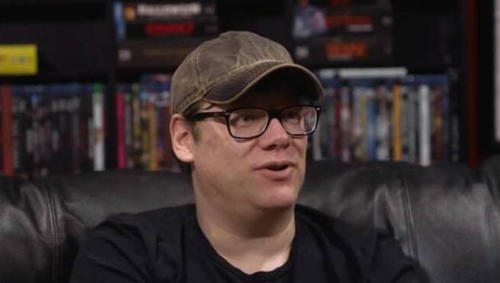
A modern-day Andy Hardy, Seaver enjoys a loyal band of repertory players eager to debase and deride themselves in the likes of Filthy McNasty, Moist Fury and Taintlight — barely scripted vehicles for “boobs and cum and poop jokes” — for no monetary reward.
And you know what? Now I kinda get it.
The more Seaver and company revisit his relative hits, affectionate misses and never-weres, the more you see the appeal — foremost for them; the audience, second. That’s by design, as no one is more surprised than Seaver at the level of success he’s enjoyed in the DIY realm. He and his friends make the movies to amuse themselves; that anyone devotes attention or time after that is pure bonus. One would think the enemy of this real-life story would be monetary deficiencies, but the Low Budget Pictures gang has turned that into an asset. (Also, the true enemy is Troma.)
I didn’t expect this doc to move me. But, like Seaver responding to the magnetic pull of making movies, I couldn’t help it. By the end, Olivares has done an excellent job of getting to the heart of the man’s work and why he and his comrades even bother. You’ll be glad they do, even if Sexquatch and Terror at Blood Fart Lake never, ever land in your queue. —Rod Lott

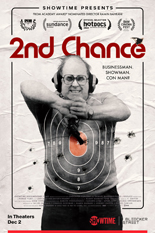 Often, changing the world takes a big idea and a bit of bravado. Nowhere on that path does a sign state narcissism as a toll to be paid, yet it happens. Money corrupts, kids!
Often, changing the world takes a big idea and a bit of bravado. Nowhere on that path does a sign state narcissism as a toll to be paid, yet it happens. Money corrupts, kids! 
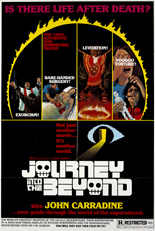


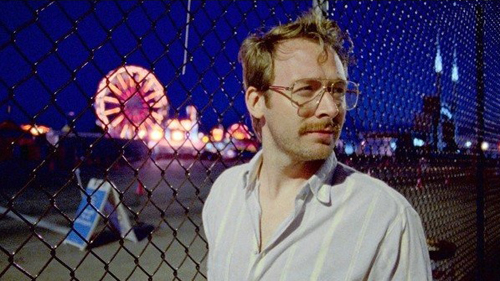
 On May 19, 1984, Michael Larson changed game shows forever, earning the largest single-day take by a contestant: $110,237. He did it on CBS’
On May 19, 1984, Michael Larson changed game shows forever, earning the largest single-day take by a contestant: $110,237. He did it on CBS’